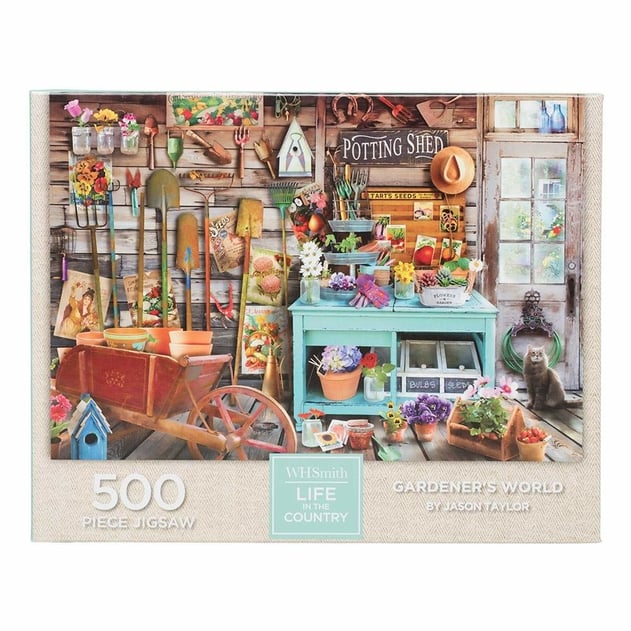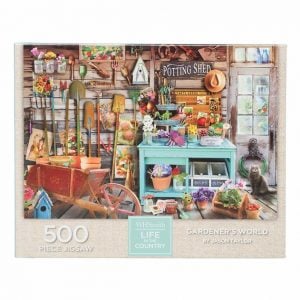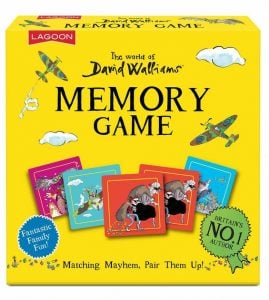
Jigsaw Puzzles. Favourite Hobby with No Age Limits
The main task of this educational game is to assemble a large image from small pieces. To prevent the resulting picture from scattering, there are connecting “locks” on each mosaic element. Let’s see why jigsaw puzzles are still so popular and why they are beneficial for kids. Keep reading the following article created by our team.
Why it is useful for kids?
No matter how interesting it is for a child to collect puzzles, for him or her it is not just fun. What does this addicting puzzle game develop?
Logical thinking. By combining elements with each other, the baby is trying to understand why not all pieces are easily connected together.
Visual memory. If the child is already familiar with the puzzle, he or she will reassemble it much faster. This is possible because children unconsciously remember the location of the elements in the big picture.
Creative thinking. If this is not the first time the kid collects puzzles, he or she gradually learns to compare and connect the pieces “in the head”. The child mentally combines elements in colour and shape.
Fine motor skills. When parents are just beginning to acquaint their beloved child with puzzles, it is very difficult for children’s fingers to connect the pieces together. The movements are inaccurate and awkward, even if the baby combines the right elements. Over time, the actions become more confident and error-free, which will be useful in everyday life.
Perseverance. The more details a puzzle contains, the more time you will have to devote to it. Children want to see the final image. This desire forces them not to give up what they started halfway, but to get the job done.

How to choose puzzles?
Today, many manufacturers offer to buy puzzles for children, and therefore it can be difficult to understand the presented assortment. So that the kid does not lose interest in the puzzle, when choosing, you need to adhere to the following recommendations.
Be sure to focus on the age of the child. Two-year-old children can be offered mosaics of 3-4 large elements. At an early age, toddlers love puzzle books, which have grooves for puzzle pieces on their pages.
The mosaic material should be age-appropriate. Soft foam rubber puzzles are designed for little ones. Older children can be offered pictures made of wood or plastic. From the age of three, you can offer your baby soft magnetic puzzles, consisting of 10-15 parts. The next stage is classic cardboard puzzles.
Drawing and ease of assembly are very important when choosing a puzzle. For children, the final image should be familiar and colourful. In doing so, the correct parts should easily fit together. As the child grows up, the number of mosaic elements should be increased, and the picture itself may become more complex and detailed. To make it convenient for the child to assemble the puzzle, offer bright puzzles on a substrate.
You should always check the quality of an educational puzzle. It is important that there are no chemical odours, mechanical damage, sharp scratches. The presence of appropriate certificates is a reliable guarantee of product safety.

Child psychologists advise parents to collect jigsaw puzzles with their children. This is a great reason to have an interesting and fun time, communicate with your baby and participate in achieving a common goal. Get the best variety of jigsaw puzzles by visiting the WHSmith website.
WANT TO RECEIVE PERSONAL, STYLISH SUGGESTIONS TO YOUR EMAIL?
FILL OUT THE FOLLOWING FORM: